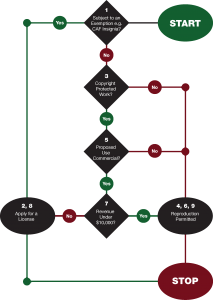— July 2, 2018
Yes, you read that right; once every year, Amazon offers to pay full-time associates at its fulfillment centers up to $ 5,000 to quit. As an employee retention strategy, that sounds counterintuitive, if not outright batty, particularly considering how expensive it is to replace employees; the average cost per hire, according to the 2016 Human Capital Benchmarking Report by the Society for Human Resource Management, is $ 4,129. Is there a method to Amazon’s seeming madness?
How the Strategy Works
According to Michael Burchell, a workplace culture expert and author of ‘The Great Workplace: How to Build It, How to Keep It and Why It Matters,’ the strategy enhances employee engagement and saves money in the long term. Employee engagement, in his view, tends to revolve around two things; discretionary effort – the exertion required to perform above and beyond what is required – and the commitment to stay.
Pay to Quit, as the Amazon program is named, may not make employees work harder, but it does foster commitment. Those who turn down the offer are essentially signing a tacit contract with the company at the psychological level. This boosts engagement, productivity, and ultimately, Amazon’s profitability.
The Benefits of Engagement – and Price of Disengagement
Studies show that employee engagement – and disengagement – has a significant impact on company performance. A 2016 Gallup meta-analysis of employee engagement showed that business units with high employee engagement had 21 percent higher productivity and 28 percent less theft compared to companies at the bottom quartile of the study.
Other benefits, according to the analysis, were reduced absenteeism and fewer quality defects. In the same vein, a 2011 study by UNC Kenan-Flagler Business School showing companies with highly engaged employees had revenue growth that was 2.3 times greater than that of companies with employees of average engagement.
Disengaged workers are expensive; a global 2013 Gallup study showed that such employees impose a cost of $ 3,400 for every $ 10,000 in salary. This means that an employee with an annual salary of $ 70,000 costs their organization $ 23,800 per year.
Closing Thoughts
According to Amazon, few people accept the offer. Those that do, however, tend to exhibit high levels of disengagement. The cost of replacing such employees is high in the short term, but the long-term benefits are more than worth it, as the studies cited above – and Amazon’s performance – show. Who’s crazy now?
Business & Finance Articles on Business 2 Community
(76)






